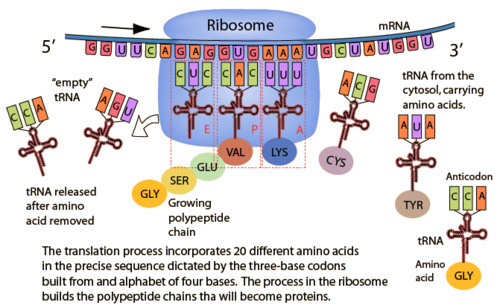Cell bio Chapter 7 DNA
0.0(0)
0.0(0)
Card Sorting
1/43
Earn XP
Description and Tags
Study Analytics
Name | Mastery | Learn | Test | Matching | Spaced |
|---|
No study sessions yet.
44 Terms
1
New cards
Genetic Code
The program of the cell.
Heredity is determined by it.
Heredity is determined by it.
2
New cards
Who first discovered DNA?
Johann Friedrich Miescher 1869
3
New cards
Frederick Griffith Mouse Experiment
injected pneumonia bacteria into mice
4
New cards
result of Frederick mouse transformation experiiment
We learned that when you have a dead set of bacteria the new bacteria can come in and take DNA from the old bacteria and include it in its genetic code.
5
New cards
cell transformation
a cell takes in DNA from outside the cell
6
New cards
Avery,McCarty and Macleod
Identified DNA as the transforming principle by doing many experiments to isolate all the variables
7
New cards
Hershey & Chase
Used radioactive material to label DNA and protein; infected bacteria passed on DNA; helped prove that DNA is genetic material not proteins
8
New cards
Nucleic acids control
cells
9
New cards
What are the four bases of DNA?
Adenine, Thymine, Cytosine, Guanine
10
New cards
Purines
Adenine and Guanine
11
New cards
Pryimidines
Cytosine and Thymine
12
New cards
Purines have ____ rings
two
13
New cards
Pyrimidines have ___ rings
one
14
New cards
Erwin Chargaff
(Father of base pairings) Discovered that DNA composition varies, but the amount of adenine is always the same as thymine and the amount of cytosine is always the same as guanine.
15
New cards
Rosalind Franklin
Woman who generated x-ray images of DNA, she povided Watson and Crick with key data about DNA
16
New cards
Watson and Crick
Developed the double helix model of DNA.
17
New cards
Guaine goes to
Cytocine
18
New cards
Adenine goes to
Thymine
19
New cards
if base pairs are incorrectly formed it causes...
mutation
20
New cards
Each full turn is ___ base pairs.
10
21
New cards
(ex. AAG) 3 base codes a....
amino acid
22
New cards
Waston-Crick Model
DNA consists of two long chains of subunits (nucleotides), each twisted around to form a double helix.
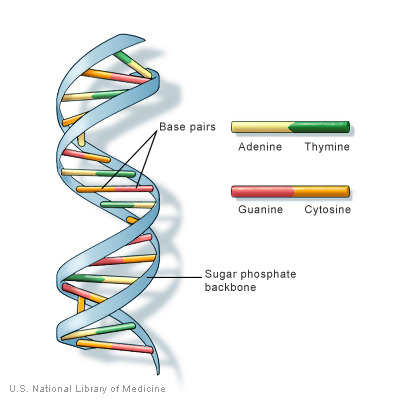
23
New cards
Helicase
An enzyme that untwists the double helix of DNA at the replication forks.
24
New cards
DNA polymerase
An enzyme that catalyzes the formation of the DNA molecule.
25
New cards
semiconservative replication
Method of DNA replication in which parental strands separate, act as templates, and produce molecules of DNA with one parental DNA strand and one new DNA strand
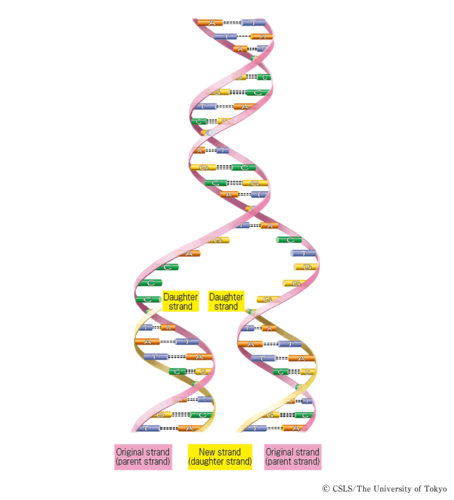
26
New cards
Misreads in replication can lead to....
mutation and death
27
New cards
RNA is diffrent from DNA beacuse of....
1. it uses Ribose surgar
2. Single stranded vrs double stranded
3. Uracil replaces Thyamine
2. Single stranded vrs double stranded
3. Uracil replaces Thyamine
28
New cards
RNA structure
Guanine, uracil, cytosine, adenine. (one strand)
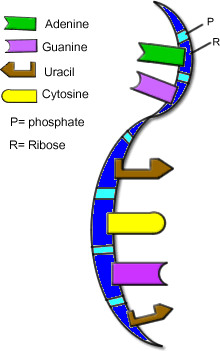
29
New cards
How is RNA made?
DNA transcription
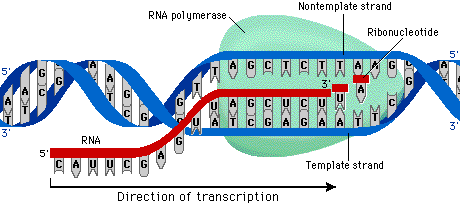
30
New cards
mRNA
messenger RNA; type of RNA that carries instructions from DNA in the nucleus to the ribosome
31
New cards
RNA makes proteins by
translation
32
New cards
20 amino acids make a _____.
protein
33
New cards
every 3 letters codes a
amino acid
34
New cards
protein synthesis process steps
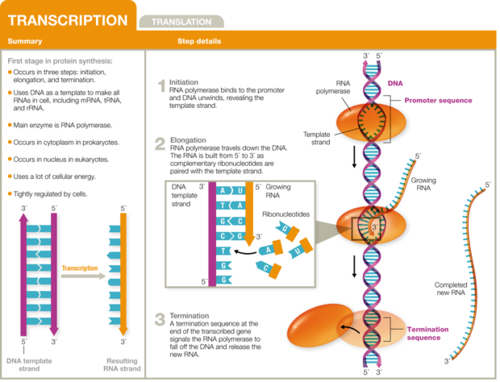
35
New cards
Every three letters of RNA create a
codon
36
New cards
The "start" code for mRNA is
AUG
37
New cards
the "Stop" code for mRNA is
UAA, UAG, UGA
38
New cards
Ribosomes make protein from.....
mRNA that has attached to it
39
New cards
tRNA acts as
interpreters
40
New cards
Each tRNA has a(n) ______ at one end and carries a specific ______ at the other end.
anticodon, amino acid
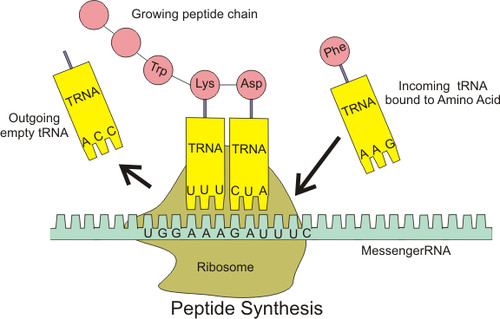
41
New cards
Ribosomes build polypeptides
the final component that places mRNA and tRNA close together and catalyze the synthesis of polypeptides
made of proteins and ribosomal RNA
made of proteins and ribosomal RNA

42
New cards
Flow of genetic information
DNA -> RNA -> Protein

43
New cards
Translation types
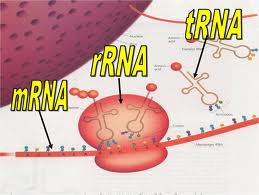
44
New cards
Translation types p2
